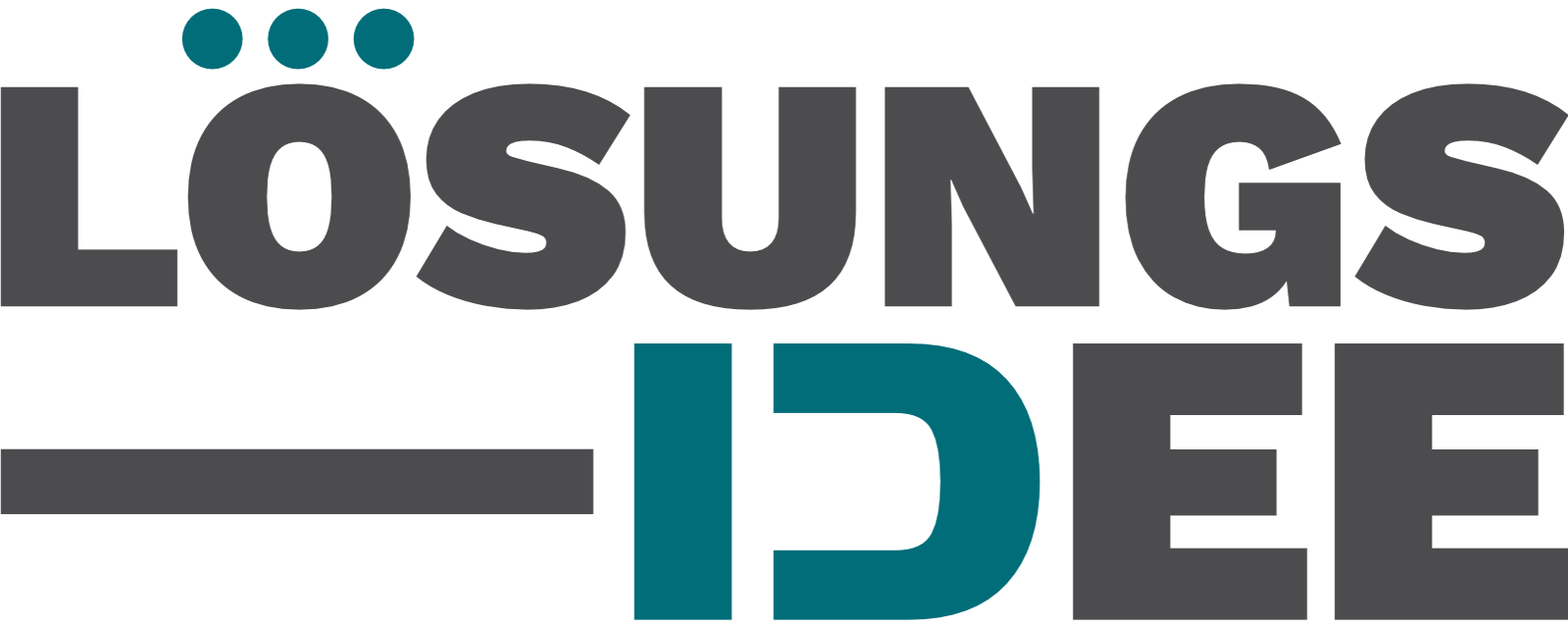Deep Impact Analysis
of User Experience
It’s about “Make or Break.” It’s about what holds and what falls apart. Across digital solutions, communication, service design, and brand promise, we look at products and services from different angles.
Technology interacts with us on many layers: visual, spatial, emotional, temporal. When layers fall out of sync, coherence breaks: attention drifts, flow is lost, and intention turns against itself. Disappointment and even anger may build up.
Even well-designed systems can unsettle when subtle cues, messages, or rhythms pull in different directions. Clarity is not only a matter of function, but of harmony between what’s shown, felt, and meant.

Technology works when it moves with human rhythm — perception, intuition, expectation. It falters when it pulls us off track, turning flow into noise.
You won’t get this type of service anywhere else
A Clear Mirror
◉ Systemic, psychological, and communicative depth perception that reveals what’s truly at play.
Structure and Clarity
◉ A solution-focused view that holds users and customers in a broader, multidimensional context.
Language that Resonates
◉ We capture the essence of insight — precise, grounded, and to the point.
Experience with Complex Systems
From digital services and electronics to mobility and smart technologies:
our work bridges disciplines, connecting design, process, and ethical use of AI.
Experience, Intuition, and Methodical Depth
We don’t rely on linear checklists. We trace underlying patterns and interactions to uncover where products lose coherence — and how they can regain it.
Scope of Services
Check List
Reveal blind spots – make technical, communicative, or systemic weaknesses visible
Assess impact – understand how a product or service truly lands with customers
Create clarity – align function, promise, and perceived value
Identify risks early – before they erode trust or market acceptance
- UX and Service Analysis: functionality, clarity, intuitive flow
- Communication and Brand Coherence: do the narratives and implicit messages align?
- Systemic Fit: interfaces, processes, and structures viewed as an integrated whole
- Side and Cross-Effects: what else does a product or service trigger — intentionally or not — across different human habits and contexts?
- Psychological Resonance: which unspoken expectations or values are met, and which are left unanswered?
Exploration in Context: observing products and services in use — through tests, observations, and user perspectives
Context Mapping: understanding what happens around the experience — where, how, and under what conditions
Interviews and Feedback Loops: with customers, employees, and stakeholders
Cross-Category Benchmarking: indirect comparisons based on customer expectations — for example, a car navigation system competes not only with other systems but with the usability of a smartphone
Structured Reviews: from functional details to overall brand experience
Pragmatic Feedback: clear, actionable insights on strengths, weaknesses, and improvement paths
- An Independent View: free from internal bias or agendas
- Systemic Understanding: integrating technology, communication, and human impact
- High Analytical Precision: built on long-term experience in product strategy, marketing, and systems thinking
- Honest Feedback: direct, constructive, and focused on implementation
- Risk Reduction: not only to prevent product failures, but to capture untapped potential and lost value
